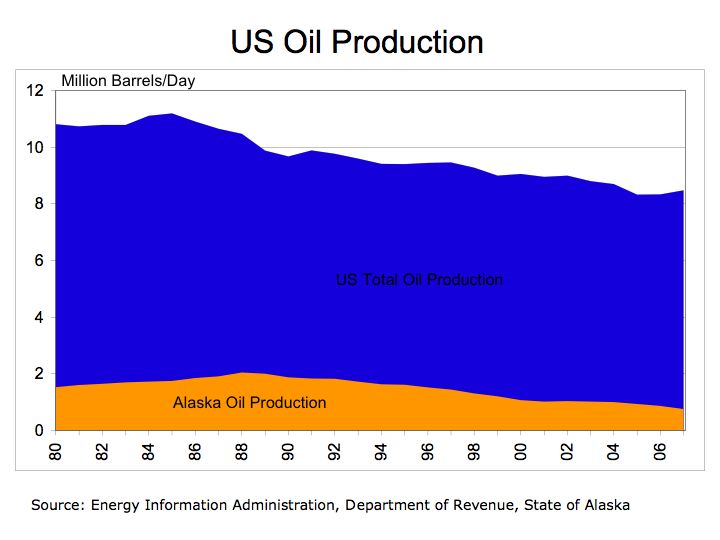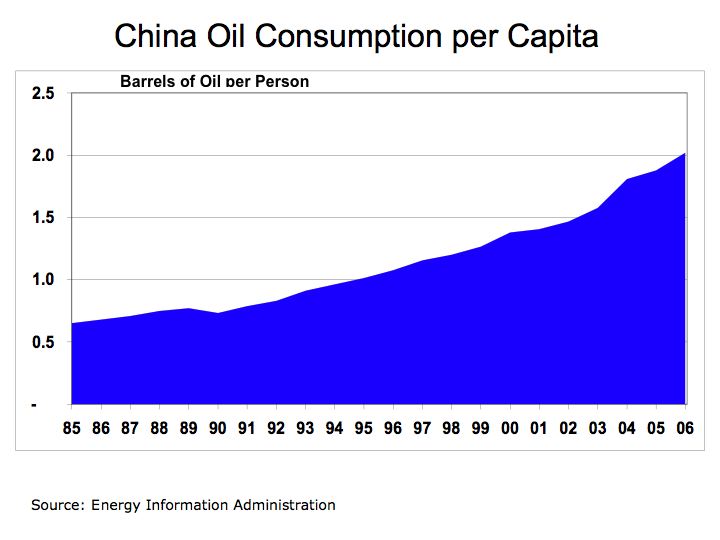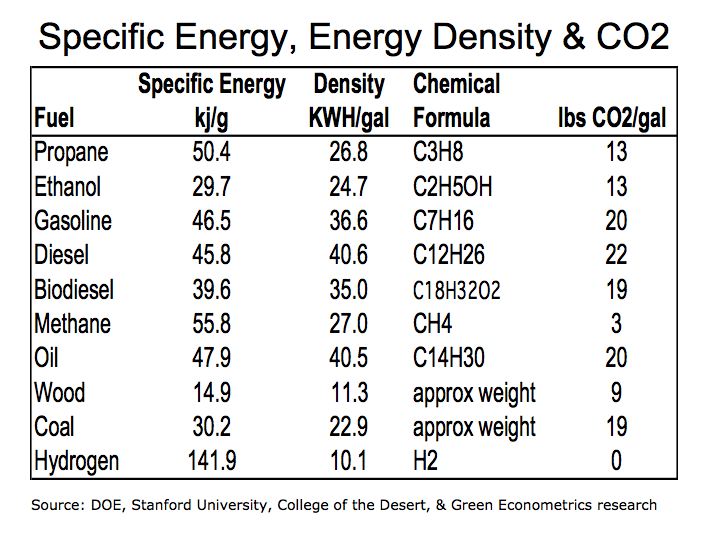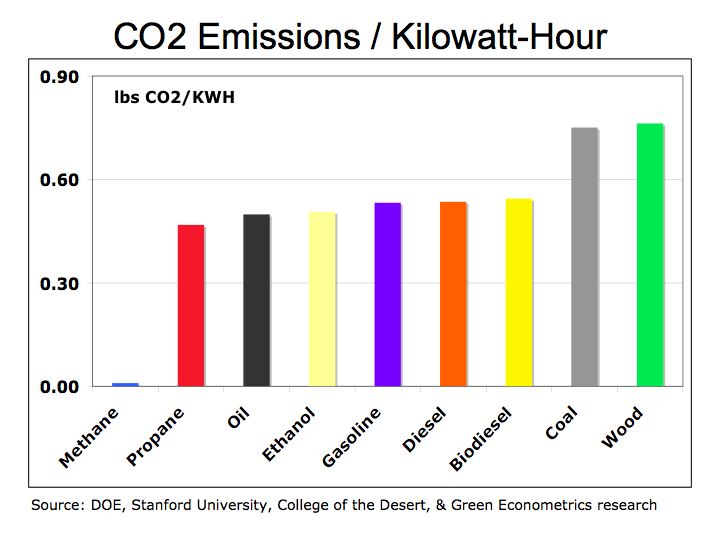Energy Crisis- Can we drill our way out?
Rising energy prices and our diminishing supply of oil threaten our national security. Without access to energy our economy and national defense are vulnerable to collapse. As a solution to our energy needs, we hear political rhetoric to expand oil drilling, but our energy strategy requires a long term solution that means embracing alternative/renewable energy technologies such as solar and wind. It only takes a quick review of oil production statistics to realize how formidable the challenge is that we face.
According to the Energy Information Administration (EIA) in 2007, the US consumed 20.6 million barrels of oil per day (bpd) but we were only able to produce 8.5 million bpd, leaving a deficit of approximately 12.2 million bpd. This means the US needs to import 60% of its oil and at a cost of $130 per barrel, the US will spend approximately $600 billion a year on imported oil.
Oil prices have increased dramatically with an increase of 420% since 2001. The combined impact of rising prices and diminishing oil production leaves the US in a precarious position. Yet, drilling for more oil may not rectify this tenuous situation.
As an example, back in the 1980’s, drilling activity in Alaska helped to ameliorate the oil crisis of the 1970’s. Today, oil production in Alaska has declined significantly. From its peak in 1988, oil production in Alaska has decline 64%. In Figure 1, oil production in Alaska in contrasted to the price of oil per barrel from 1980 to June 2008.
Figure 1 Alaska Oil Production

When we measure the supply and demand for oil, we find in the US, it is really a supply problem. According to the EIA , US demand for oil is growing at an annual rate of one percent over the last ten years, but oil production is down 20% since 1987.
Figure 2 US Oil Production

The energy problem however, is global. The demand for oil in the US may slow, yet supply constraints driven by growing consumption in developing countries could exacerbate this already bleak picture. On a per capita basis, the US consumes approximately 25 barrels of oil per person annually or a little over 600 gallons a year. That figure greatly exceeds other countries and particularly those in developing nations such as China.
In China, oil consumption per person is only 2 barrels or 84 gallons a year. However, oil consumption in China on a per capita basis has increased 88% from 1996 to 2006 according to data from the EIA. Despite China’s one percent population growth, at its current oil consumption growth rate, China is expected to double its current oil consumption by 2015 to over 14 million bpd and exceed the US in oil consumption by 2020. China’s current oil appetite suggests that in 14 years China will require an additional 14.6 million barrels per day. Even if oil producing countries are able to produce the additional oil, those countries that are unable to meet their own needs such as the US and China, will continue to be held hostage to oil producing states.
Figure 3 China Oil Consumption per Capita

The bottom line: the energy model based on hydrocarbon fuels is broken. Neither drilling for more oil will not satisfy our energy needs nor will corn-based ethanol. We need to rapidly embrace electric vehicles using solar, wind, and fuel cell technologies to provide alternative energy solutions. It time to put energy as the most critical component of our national security. Energy should be front and center for the US election. It’s time to invest into clean and renewable energy solutions.








